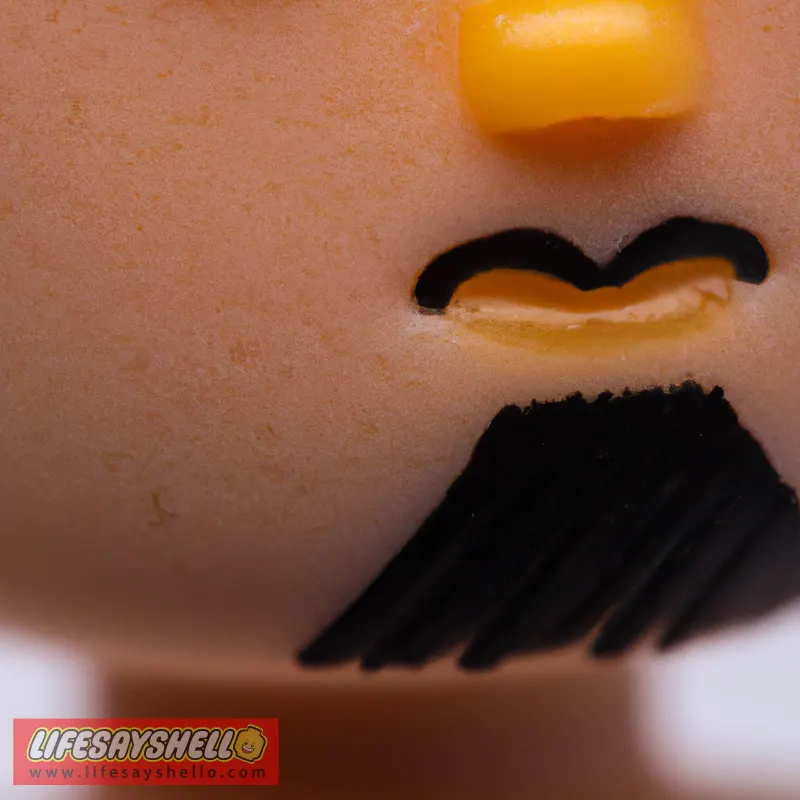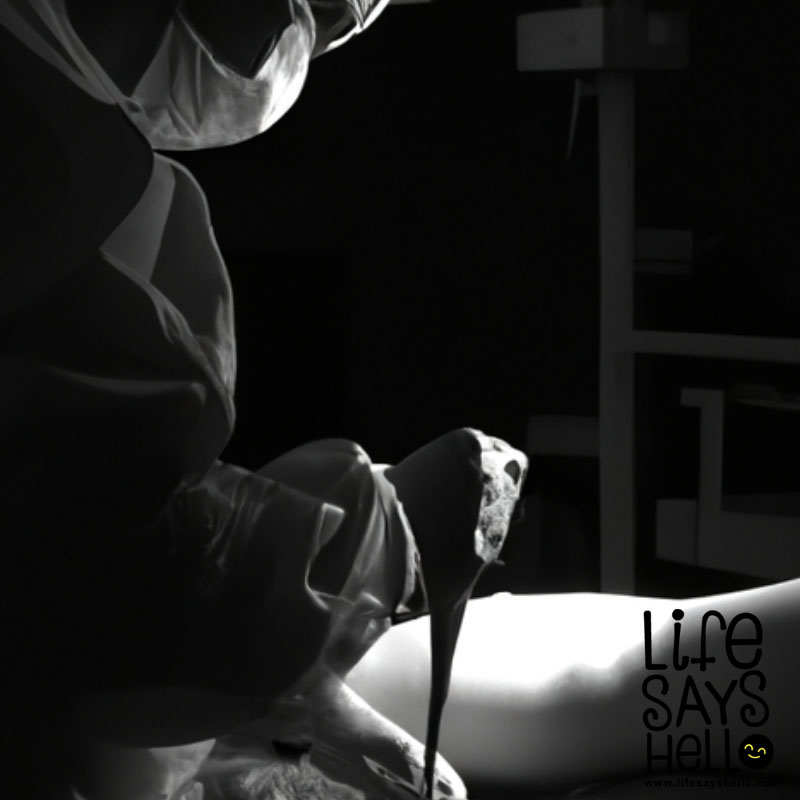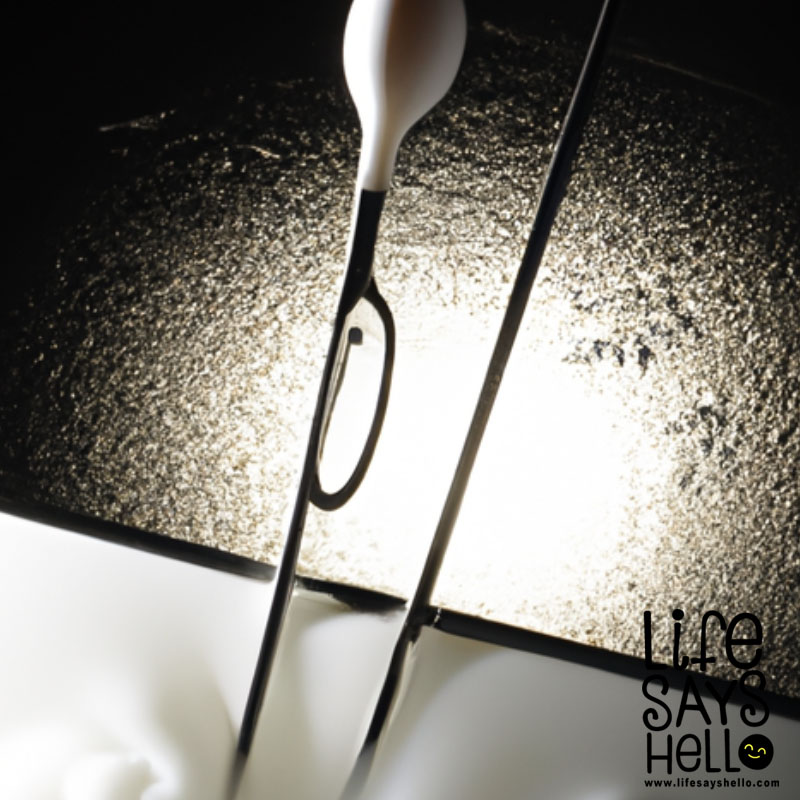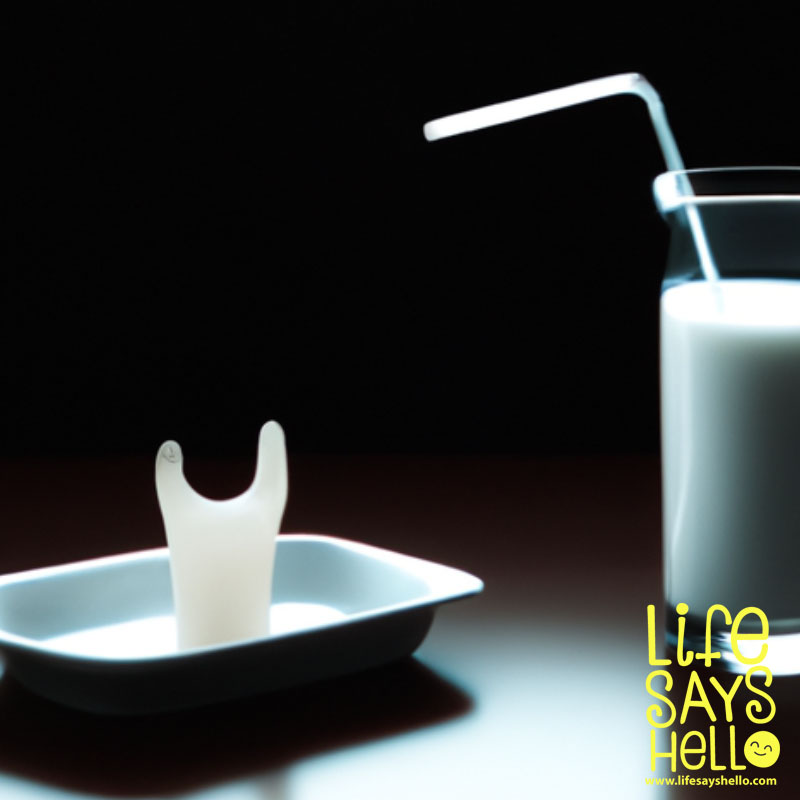Why Do I Get a Rash After Shaving and How Can I Prevent It?

Getting a rash or razor burn after shaving is an annoyingly common issue for many people. The red, bumpy irritation can appear minutes after shaving and can last for a few hours or even a few days. Understanding what causes shaving rashes and learning proper shaving techniques can help prevent and treat razor burn.
What Causes Razor Burn and Shaving Rashes?
There are several potential causes of skin irritation, bumps, and razor burn from shaving:
Shaving Without Properly Prepping Your Skin - Shaving dry skin or without using shaving cream/gel is a recipe for irritation. Shaving removes the top layer of skin and hair, so you need to soften and lubricate the skin first.
Using a Dull or Old Razor Blade - A razor blade that is no longer sharp will pull and tug at the hair instead of cutting it smoothly. This causes irritation, nicks, cuts, and ingrown hairs. Always shave with a fresh, sharp blade.
Shaving Too Quickly or Aggressively - Pressing too hard or shaving too fast doesn't allow the blade to glide smoothly over the skin. Take your time and use gentle, short strokes. Rushing through shaving causes cuts, nicks, and bumps.
Shaving Against the Grain - Shaving against the direction your hair grows irritates the skin and hair follicles, often leading to ingrown hairs as well. Always shave in the same direction as hair growth.
Not Moisturizing After Shaving - Failing to moisturize after shaving deprives your skin of moisture and doesn't allow the protective lipid barrier to recover. This leads to dryness, stinging, and itching.
Using Products That Irritate Your Skin - Harsh soaps, fragrances, and shaving creams containing alcohol or other irritants can disrupt your skin's pH balance and natural moisture. This dries out and inflames skin.
Pressing Too Hard - Using too much pressure causes irritation, nicks, cuts, and bumps or pimples. Let the blade do the work.
Shaving Over the Same Area Repeatedly - Repeatedly going over the same patch of skin can remove too many layers and cause irritation and razor burn.
Shaving with a Dirty or Clogged Razor - Not rinsing your razor often can cause buildup of shaved hair, dead skin, and product. This clogs the blades and causes irritation and tugging.
How to Prevent Razor Burn When Shaving
Luckily, with the right shaving techniques and products, you can avoid annoying razor burn and shaving rashes. Here are some tips:
Prep Your Skin Properly
Wash - Cleanse skin with warm water before shaving to open pores, remove excess oil, and soften hairs.
Exfoliate - Use a scrub or brush to slough off dead skin cells before shaving. This prevents ingrown hairs.
Soften Hair - Take a warm shower or apply a warm, wet towel to the area for 2-3 minutes before shaving to soften hairs.
Use the Right Shaving Products
Shaving Cream/Gel - Apply a thick layer of cream or gel to provide lubrication and protect skin.
Sharp Razor - Dull blades tug at hairs. Change cartridge razors after 5-7 shaves.
Single Blade Razors - Double-edge safety razors often cause less irritation than multi-blade cartridges.
Natural Oils - Some people find oils like coconut oil reduce irritation when shaving sensitive areas.
Master Proper Shaving Techniques
With the Grain - Only shave in the direction your hair grows to avoid irritation.
Rinse Often - Rinse razor after every couple of strokes to prevent buildup.
Light Pressure - Avoid pressing too hard. Let the blade do the work.
Few Repeated Strokes - Don't repeatedly shave the same area to avoid over-exfoliating.
Rinse Afterwards - Rinse shaved skin thoroughly with cool water to remove shaving cream residue.
Post-Shave Care
Moisturize - Apply aloe, hydrating cream, or balm immediately after shaving to soothe skin.
Avoid Harsh Products - Don't use products containing alcohol, fragrance, or other irritants after shaving.
Exfoliate Regularly - Gently exfoliate every 2-3 days after shaving to prevent ingrown hairs.
Listen to Your Skin - Give skin a break from shaving if you experience irritation or rashes frequently.
How to Treat Razor Burn After Shaving
If you do experience razor burn, bumps, or general skin irritation from shaving, there are a few things you can do to ease discomfort and promote healing:
Cold Compress - Apply a cool, wet cloth or an ice pack wrapped in a towel to the area for 5-10 minutes to soothe inflammation and reduce swelling.
Moisturize - Use a fragrance-free moisturizer or aloe vera gel to hydrate and calm the skin. Look for soothing ingredients like oatmeal or calendula.
Hydrocortisone Cream - Over-the-counter hydrocortisone cream contains a mild steroid to reduce redness and itching from shaving irritation.
Anti-Inflammatory Creams - Products containing willow bark extract, feverfew, or chamomile can decrease inflammation.
Avoid Irritants - Don't use products with alcohol, fragrance, or exfoliants which can further irritate freshly shaved skin.
Exfoliate - After a few days, gently exfoliate with a wet washcloth to prevent ingrown hairs.
Don't Pop Bumps - Resist the urge to pick at bumps or pimples as this can lead to infection.
Take an Oral Antihistamine - An oral antihistamine like Benadryl can reduce overall skin inflammation and itchiness.
Apply Antibiotic Ointment - If you have any nicks or cuts, apply an antibiotic ointment to prevent infection.
Let It Heal - Give your skin a break from shaving until any irritation has fully healed.
With proper treatment, mild razor burn should clear up within 2-3 days. See your dermatologist if the rash persists longer or seems infected.
When to See a Doctor for Shaving Rashes
In most cases, razor burn and general shaving irritation resolves on its own within a few days. However, you should see your doctor or dermatologist if:
The rash persists for more than 2-3 days after shaving
The irritated area becomes increasingly red, swollen, warm, or painful
Pus, yellow discharge, or foul odor develops, signaling a possible bacterial infection
You experience fever, chills, or flu-like symptoms along with the rash
The rash is very widespread or continues to spread over a larger area
You have a history of skin conditions like eczema that become aggravated by shaving
You develop hives, itchy red welts, or symptoms of an allergic reaction
The rash is accompanied by swollen lymph nodes
You have a compromised immune system that makes skin infections more likely
A doctor can properly diagnose the cause of an ongoing or worsening rash after shaving. Bacterial infections may require antibiotic treatment. For other conditions like folliculitis or pseudofolliculitis barbae, they can provide prescription-strength ointments or other medical therapies.
What About Using Natural Remedies?
Many people try home remedies and natural solutions to soothe razor irritation:
Tea Tree Oil - Has antibacterial properties to prevent infection in nicks and cuts. Dilute before applying to skin.
Apple Cider Vinegar - Soothes itching and inflammation due to its acetic acid content. Mix with water and apply via cotton ball.
Honey - Has antibacterial properties to prevent infection. Apply a thin layer to the affected area.
Aloe Vera Gel - The cooling gel from the aloe plant is soothing and healing for irritated skin. Apply generously after shaving.
Witch Hazel - Has astringent properties to reduce inflammation. Apply a small amount to skin using a cotton ball.
Coconut Oil - Very moisturizing for dry, irritated skin. Apply a thin layer after shaving.
Be cautious using essential oils like peppermint or lemon oil which may further irritate skin. Always patch test natural products first. While these remedies may provide symptom relief, see a doctor if irritation persists.
Shaving Tips for Sensitive Skin
If you have recurring irritation from shaving, it likely means you have sensitive skin. Here are some tips to help:
Use an electric shaver or single-blade safety razor, which are gentler than multi-blade razors.
Opt for a shaving oil, shaving soap, or glycerin-based shaving cream formulated for sensitive skin.
Shave in the evening, giving your skin time to recover overnight.
Shave every 2-3 days instead of daily to avoid over-exfoliating.
Apply a moisturizer before and after shaving. Look for soothing ingredients like colloidal oatmeal.
Use a sharp, high-quality razor blade and replace it frequently.
Always shave with the grain in the direction of hair growth.
Rinse with cool water and pat dry instead of vigorous rubbing.
Avoid alcohol-based aftershaves or those with fragrance.
Exfoliate regularly to prevent ingrown hairs but avoid harsh scrubs.
When to Stop Shaving
For some people with highly sensitive skin, shaving may always lead to bumps, rashes, and irritation no matter what. If you've tried all troubleshooting tips and still experience frequent shaving rashes, it may be healthiest to stop shaving:
Let your facial or body hair grow out instead of shaving or waxing.
Trim body hair using small grooming scissors rather than razor shaving.
Have facial hair professionally shaped into a beard or mustache by a barber.
For women, consider laser hair removal for areas that are repeatedly irritated by shaving and regrowth.
Speak to your dermatologist about prescription creams that can slow hair growth.
For special occasions, use cover up makeup on areas where hair has been removed.
The skin on the face, underarms, bikini area and legs has fewer oil glands and can be more vulnerable to shaving irritation. While frustrating, avoiding shaving altogether may be the only way for some people to prevent recurrent rashes.
Conclusion
Razor burn, shaving bumps, and rashes are very common but can be minimized with proper shaving techniques. Prep your skin adequately, use the right shaving products, master gentle shaving methods, and provide post-shave care. Seek medical treatment for rashes that don't resolve or get worse. Those with chronically sensitive skin may need to stop shaving altogether and find alternatives like trimming or hair removal creams.
While a bit of trial and error is sometimes needed to find the shaving routine that works best for your individual skin type, being knowledgeable about proper technique, caring for your skin, and treating irritation can help prevent and remedy uncomfortable shaving rashes. With some education and practice, you can master shaving without irritation and razor burn.




Comments